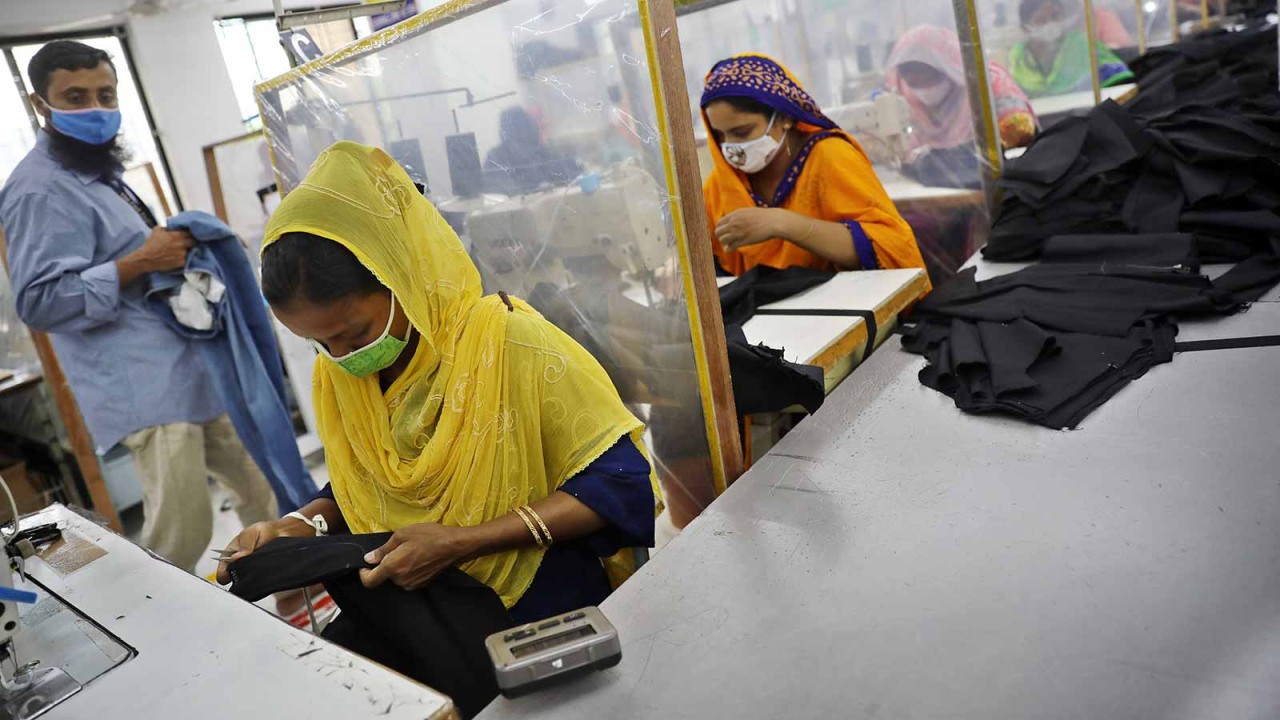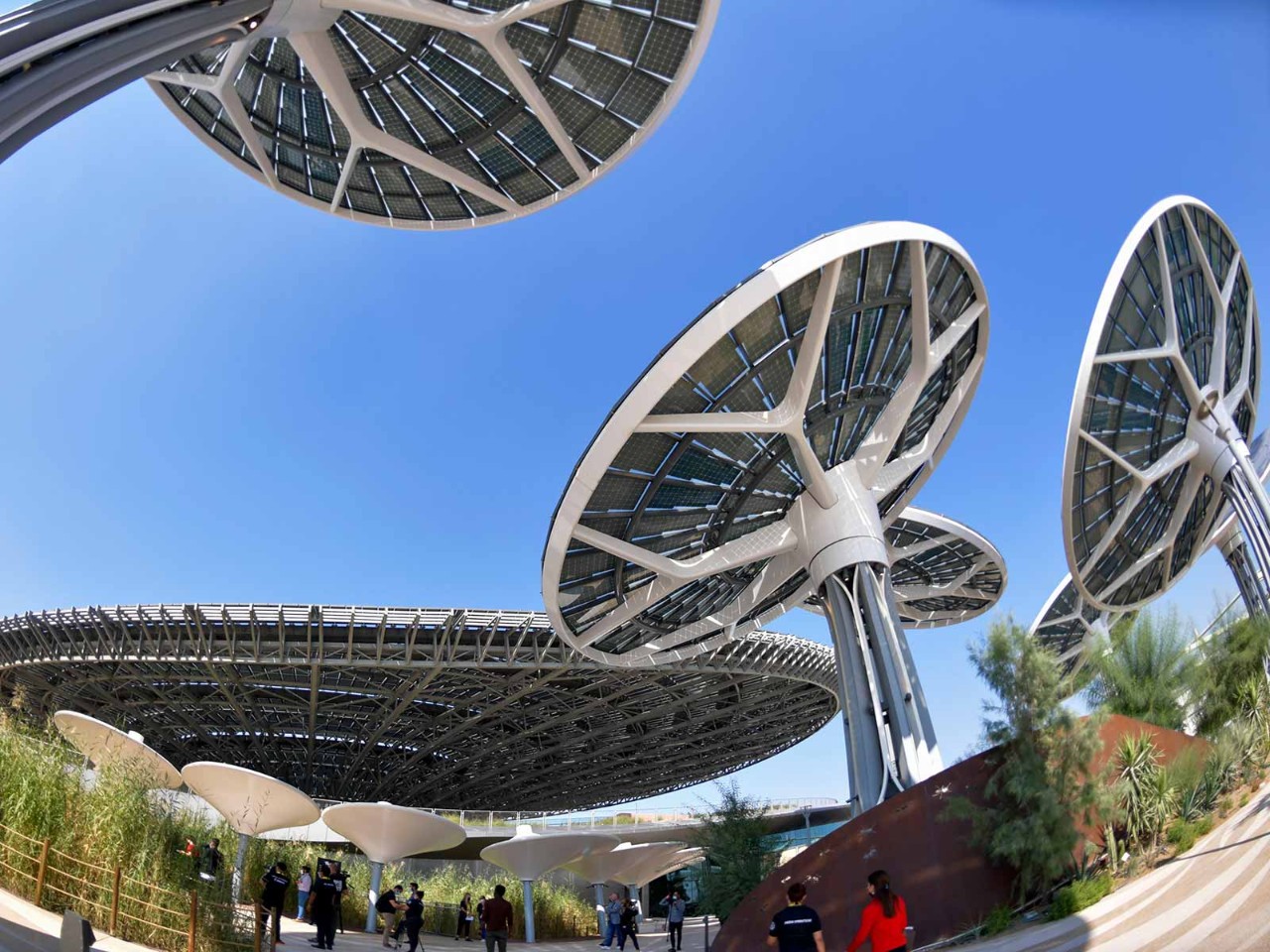
Bangladesh has been celebrating the prospect of achieving middle-income country status in 2026. With a growth rate target of 7.2% this year, a GDP of US$500bn predicted by 2025, and the Covid-19 crisis effectively managed, the country looks to have much to be positive about.
In the country’s key industry, ready-made garments, manufacturers’ order books are currently full. The sector accounts for more than 80% of the country’s exports and employs 4.2 million people, having seen massive growth in recent decades. In 1981, garment exports were worth US$3.5m; by 2018 they had reached US$30.6bn.
‘There is huge scope to do more green marketing. We have the highest number of eco-friendly garment factories in the world’
However, the Covid crisis has had a huge impact on the sector, which is also facing pressure from rising costs, flat prices, complex trade relationships and stiff competition. What’s more, Vietnam recently supplanted Bangladesh as the world’s second biggest exporter of ready-made garments after China.
Covid fallout
Ummey Rowman FCCA, FD at RM Group, which operates a number of businesses in the sector, says the pandemic has cast a long shadow. ‘Reconstruction of the industry after Covid-19 is the biggest challenge facing the country. The first wave was especially severe – the sector suffered almost US$6bn in lost business.’
Bangladesh has now lifted its lockdown and tackled the pandemic well, but Covid continues to affect suppliers.
‘The global supply chain is suffering from high cost of materials,’ says Rowman. ‘Prices have increased dramatically, and the industry is feeling this pressure.’
Jakir Hossain FCCA, CFO at American & Efird, a leading manufacturer of industrial sewing thread and yarn, agrees the situation is tough. ‘Logistics and shipping costs have really gone up. There is tremendous pressure from garment manufacturers to lower prices. We cannot increase the price of our products by a single penny, so we are taking those increased costs onto our P&L. It eats up our bottom line.’
Improved conditions
The rising cost of fuel is impacting the sector too, as is an increase in labour costs. After the Rana Plaza factory collapse in Dhaka in 2013, which cost the lives of over 1,000 workers, customers in the US and EU, Bangladesh’s key markets, hurried to distance themselves. To win them back, Bangladesh has made priorities of health and safety, pay, conditions and green technology. While these necessary steps have radically improved conditions, they have also incurred costs that have yet to bring much financial reward.
‘We are highly dependent on China for our raw materials, and it creates huge risk’
Anisur Choudhury FCCA, financial controller at manufacturer Echotex, which specialises in knitting, dyeing and garments, says: ‘There is huge scope to do more green marketing. Bangladesh has the highest number of eco-friendly garment factories in the world.
‘However, the buyers aren’t reflecting this in pricing. The message has not filtered through to the ultimate customers that we have done huge work to develop our sustainability. This needs to be showcased. We are paying, but we are not getting a return from customers.’
Award-winning sector
Rowman agrees. ‘The US Green Building Council gave its 2021 leadership award for green initiatives to the Bangladesh Garment Manufacturers and Exporters Association. However, our costs are rising, and retailers in the US and EU are not reflecting that.’
The depressed prices that Bangladesh’s ready-made manufacturers are receiving for their products may seem surprising, given how busy the industry is.
Rowman explains: ‘The sector is experiencing a dramatic rise in orders due to the increased global demand. The number of orders placed for winter is high, and even higher for spring and summer, but the average ready-made garment unit price did not increase, as one would expect from rising demand. We have excess capacity for generic products like t-shirts in Bangladesh, but there’s a lack of product diversification. Too many vendors are competing for the same orders in the basic need category.’
Beyond the basics
Diversification of product is key to the sector’s future. ‘The majority of manufacturers are producing five basic items – t-shirts, trousers, shirts, jackets and sweaters,’ Hossain says. ‘Hardly any produce anything high-end, like leather goods. Meanwhile Vietnam is producing a lot of these goods. Our industry is huge and has 40 years of history; we should be able to produce different high-end products.’
The basic nature of the range and an inability to make niche products is acting as a brake. Swimwear has seen a spike in demand, but it is a product line that simply highlights other problems. The man-made fabric has to be imported, mainly from China, until Bangladesh can develop a domestic supply. This means depending on an increasingly expensive supply chain that brings other complexities with it.
‘We are highly dependent on China for our raw materials, and it creates huge risk,’ Rowman says. ‘I received an email in September explaining that recent changes in China’s environmental policies means there will be a steep rise in price, followed by restriction in production capacity and deliveries.’ Many garment businesses also have full order books, making diversification difficult.
It isn’t only the export basket that needs diversifying. ‘In addition to products, markets need diversifying,’ says Hossain. ‘The Middle East is a US$10bn market, of which we have only 5%. As a Muslim country, we have good relations with them. Some are saying we should have 40% of that market, so there’s great potential.’
‘Bangladesh corporate culture has changed dramatically. I have professional accountants in every department’
Trade winds
Trade policy is vital to the industry, and coming off tariff-free deals under the European Union’s generalised scheme of preference (GSP) in 2027 – as a result of achieving middle-income country status – could be problematic. Vietnam has signed a free-trade agreement with the EU, which will allow its producers to undercut Bangladesh.
‘It’s a challenge we have to face,’ Choudhury says. ‘We need to undertake difficult negotiations, especially with the EU and America. We have only six years to work it out.’
Hossain agrees: ‘We must go for a future free-trade agreement, a GSP-plus or bilateral agreements. We have to do it.’
Rowman has faith in the government. ‘It is highly focused on increasing foreign direct investment [FDI]. Many economic zones are under development for securing FDI, which will raise our capacity to capture more markets.’
Steps are also being taken to reduce bureaucracy, there is a new export authority, as well as plans to improve the skills and education of the workforce – something Hossain describes as ‘a must’.
Bright future
Rowman remains positive about the future. ‘Bangladesh corporate culture has changed dramatically. I have professional accountants in every department, professionals in supply chain management, even in production planning. If everything in finance and production is aligned with the business, then our sustainability and growth is assured.’
Choudhury is confident too. ‘We’re one of the fastest-growing nations and we’re very optimistic that ready-made garments will be in a much better scenario. We have a huge young population, which we can engage in the development of our country.’
There is no doubt that the Bangladesh garment sector is facing challenges, but the industry is taking steps to address them. Covid is in abeyance, the green policy will pay dividends in the longer term, the government is moving positively both domestically and internationally, while the pandemic is causing problems for rival Vietnam. The garment trade never stays still, as fashions and trends change. ‘It’s really exciting,’ says Hossain, ‘but there’s a lot of stress.’




